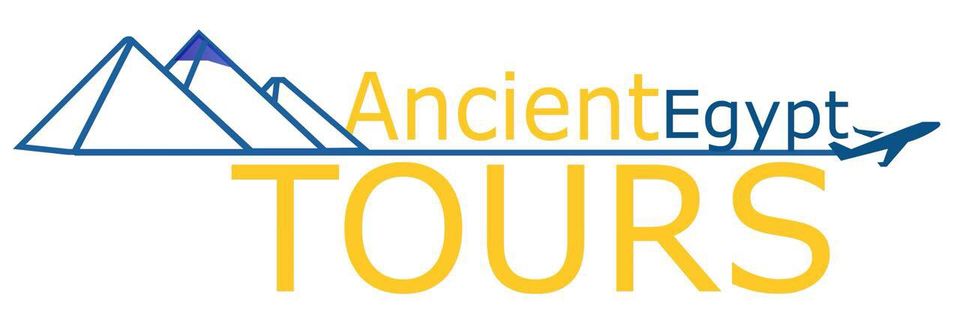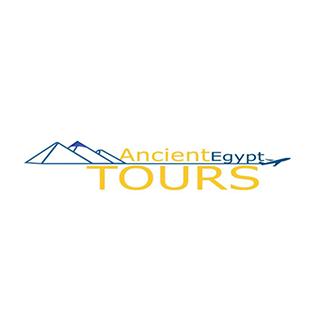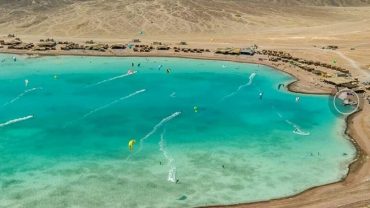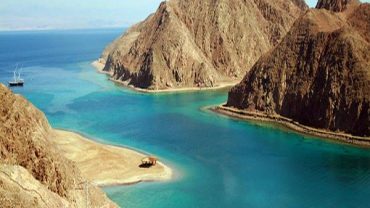About Bahariya Oasis
Bahariya Oasis (Arabic: الواحات البحرية, romanized: El-Wāḥāt El-Baḥrīya, “the Northern Oases”) is a depression and a naturally rich oasis in the Western Desert of Egypt. It is approximately 370 km away from Cairo. The roughly oval valley extends from northeast to southwest, has a length of 94 km, a maximum width of 42 km and covers an area of about 2000 km².
Mountains surround the valley and has numerous springs. Located in Giza Governorate, the main economic sectors are agriculture, iron ore mining, and tourism. The main agricultural products are guavas, mangos, dates, and olives.
Towns
Bahariya consists of many villages, of which El Bawiti is the largest and the administrative center. Firslty Qasr is el-Bawiti’s neighboring/twin village. To the east, about ten kilometers away are the villages of Mandishah and el-Zabu. A smaller village called el-‘Aguz lies between El Bawiti and Mandishah. Harrah, the easternmost village, is a few kilometers east of Mandishah and el-Zabu. There is an oasis at El-Hayez where mummies have been found on which genetic studies have been conducted.
People and Culture
The people of the oasis, or the Waḥātī people (meaning “of the oasis” in Arabic), are the descendants of the ancient people who inhabited the oasis, ancient tribes with connection to western Egypt and eastern Libya, and the north coast, and other people from the Nile Valley who came to settle in the oasis.
The majority of Waḥātī people in Bahariya are Muslims. There are some mosques in Bahariya. The nature of social settings in the oasis is highly influenced by Islam.
Traditional music is very important to the Waḥātī people. Firstly flutes, Secondly drums, and lastly the simsimeyya (a harp-like instrument)people play them at social gatherings, particularly at weddings. Music from Cairo, the greater Middle East, and other parts of the world are now easily accessible to the people of the oasis.





Comment (0)